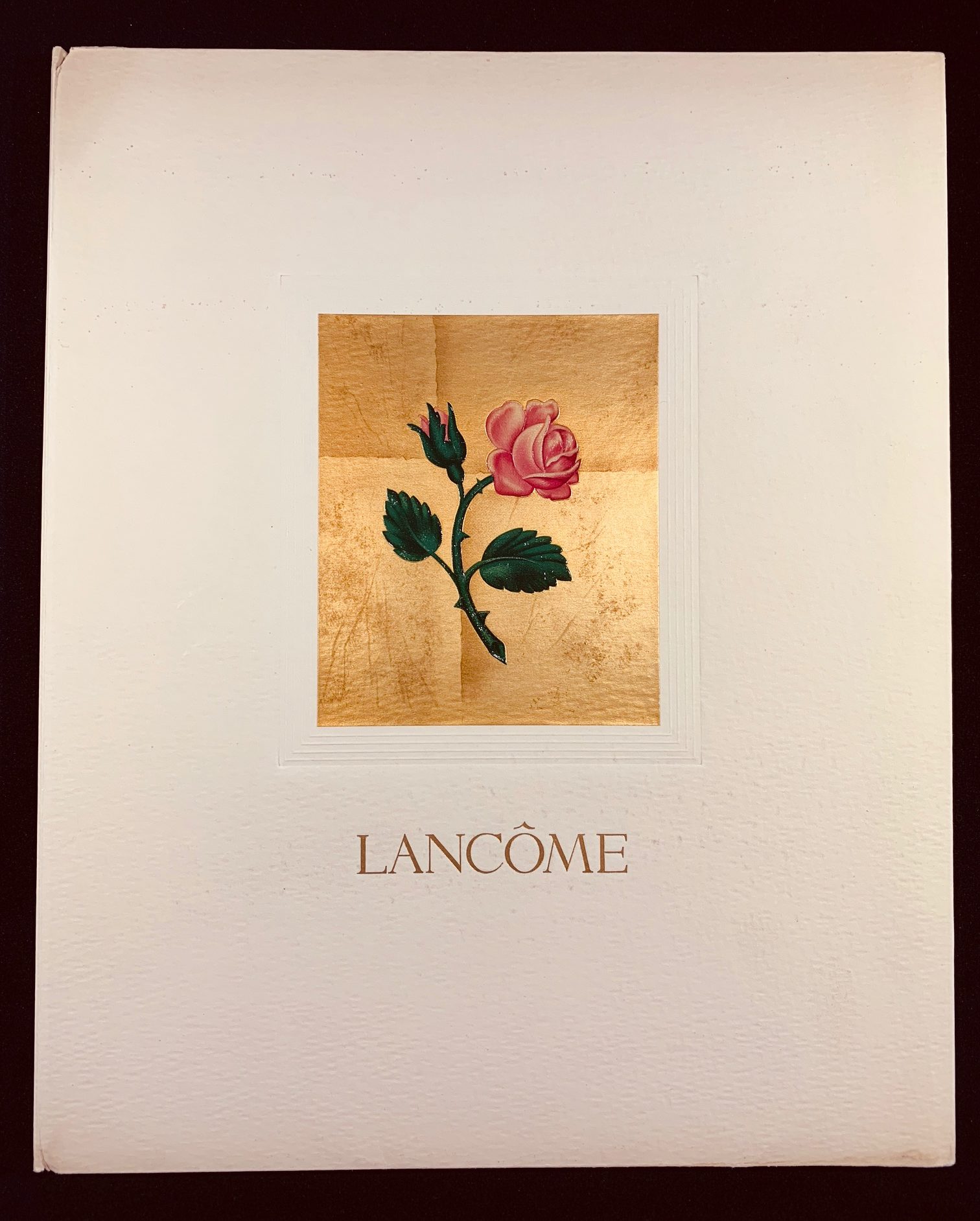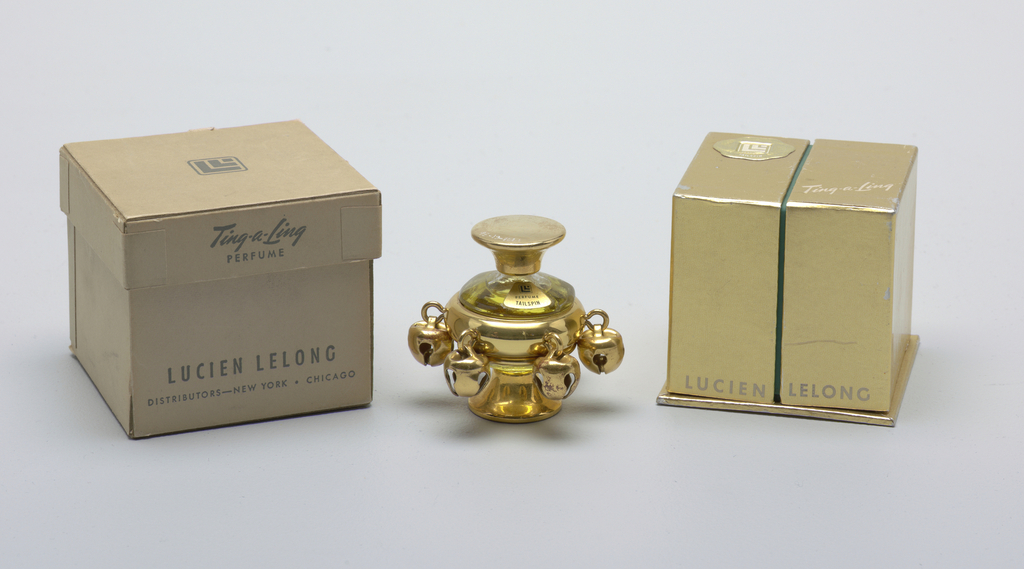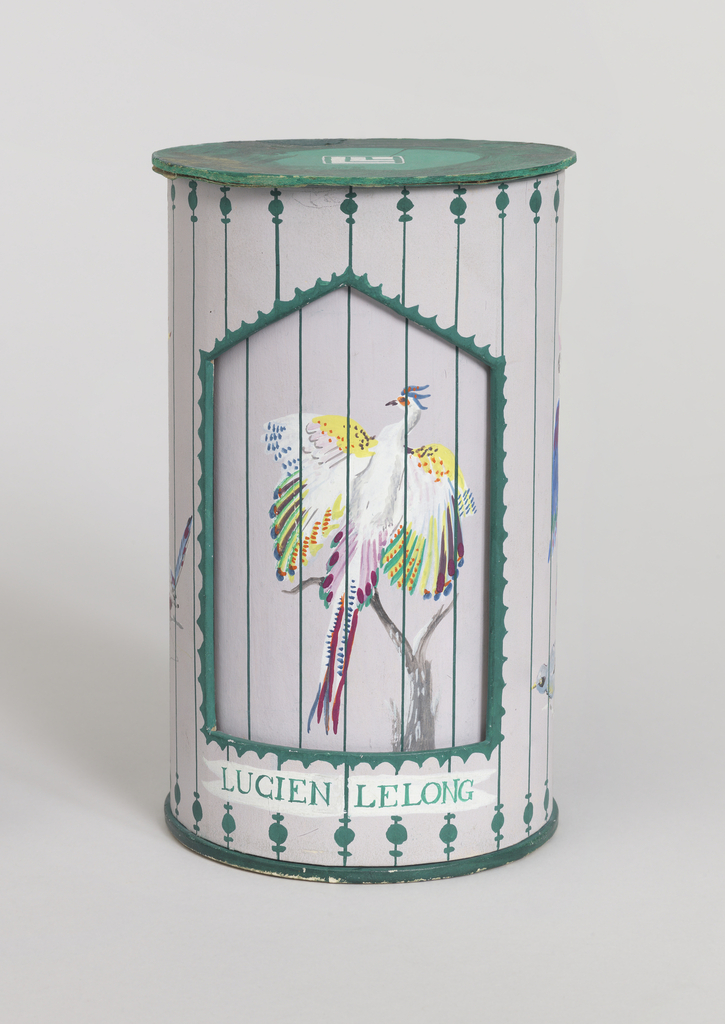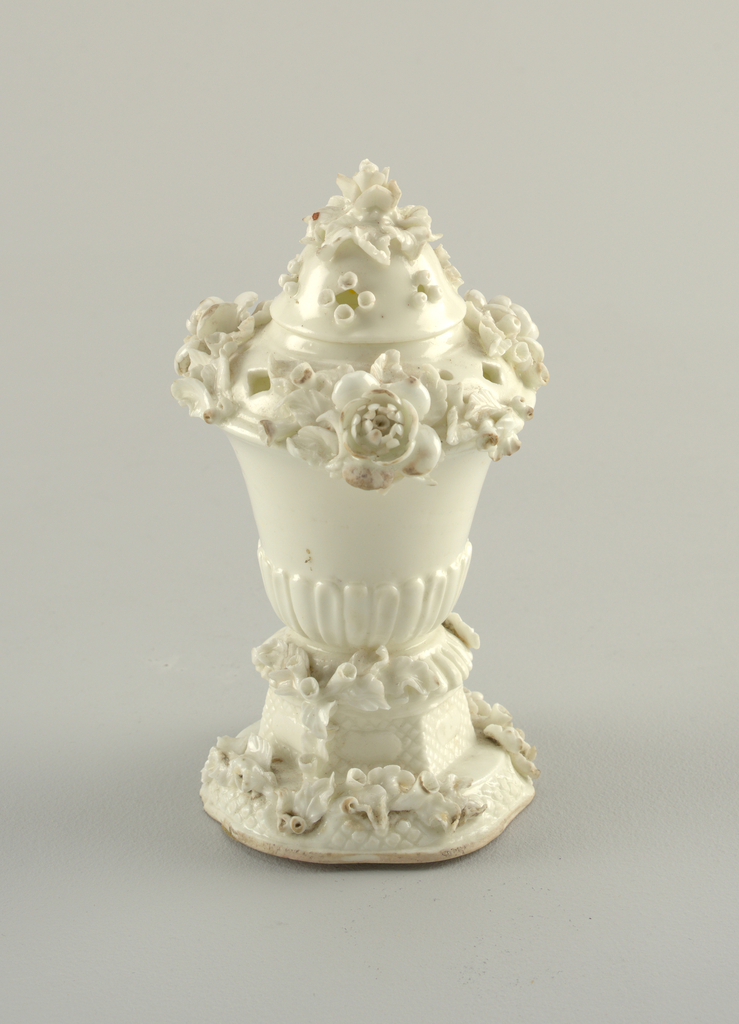In 1935, visionary fragrance pioneers Armand Petitjean and Guillaume d’Ornano opened a luxury boutique, selling a small selection of perfumes and beauty products, manufactured just outside of Paris. This French perfume company was called Lancôme, its name inspired by the ruins of the castle Le Château de Lancosme near the region of La Brenne in the...
This festive little perfume bottle embodies the creative genius of French couturier Lucien Lelong, active between 1919, when he opened his first couture house, and 1948, the year he retired. Lelong was influential in shaping the world of haute couture throughout much of the twentieth century. Among his contemporaries were Chanel, Worth, Patou, Lanvin and...
In celebration of our new exhibition The Senses: Design Beyond Vision, this Object of the Day post explores the multisensory experience of an object in Cooper Hewitt’s permanent collection. The name of Lucien Lelong unquestionably conjures up the luxurious world of French fashion. Born in Paris as the son of a textile shop owner, Lelong...
The unpainted surface of this perfume burner draws attention to the milky whiteness of the ceramic body. In the mid-eighteenth century, the right to use gold on ceramics was the exclusive privilege of the Vincennes manufactory, compelling Mennecy and other French factories to focus on the sculptural aspect of their production. Unpainted, glazed porcelain became...



